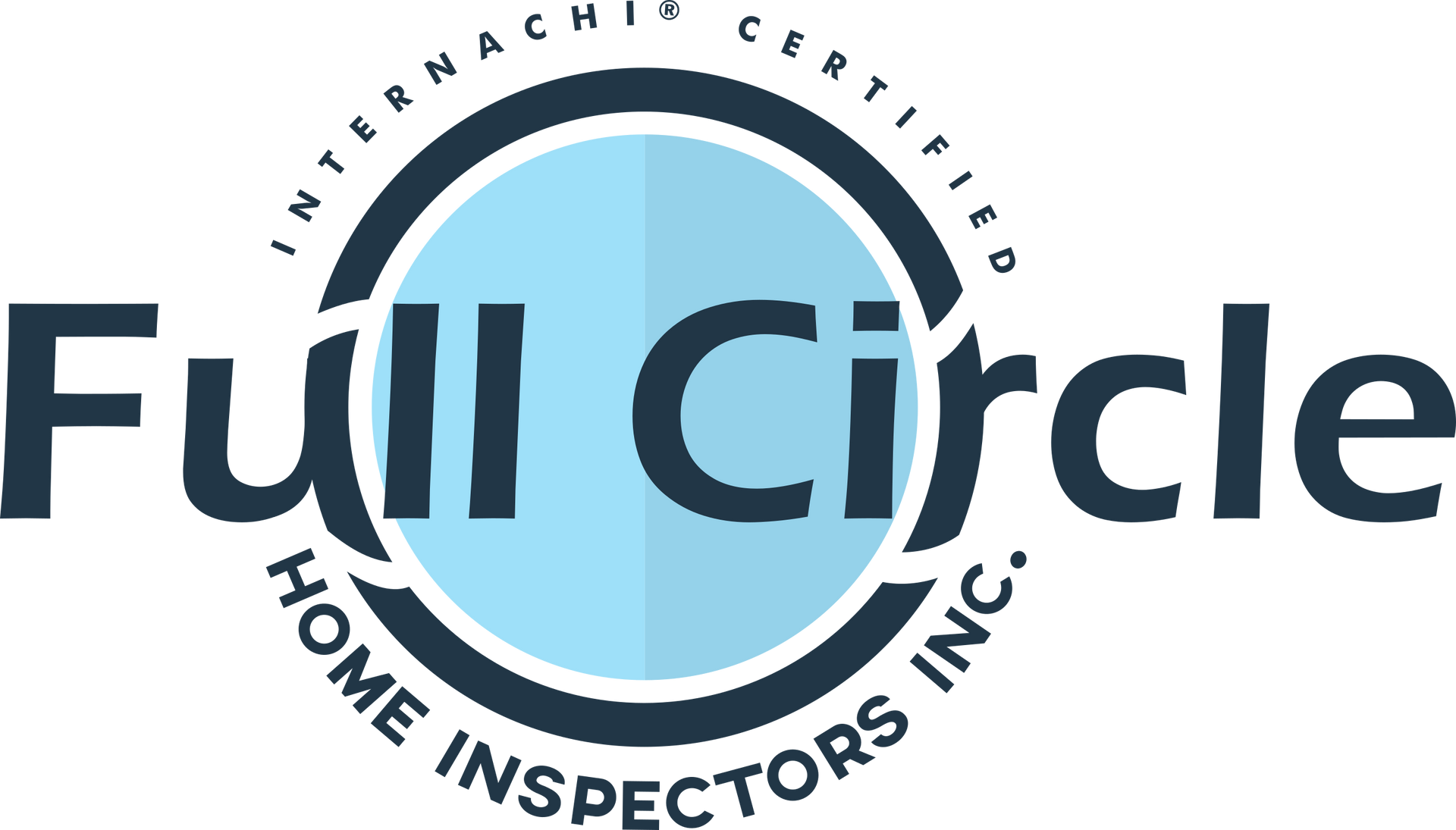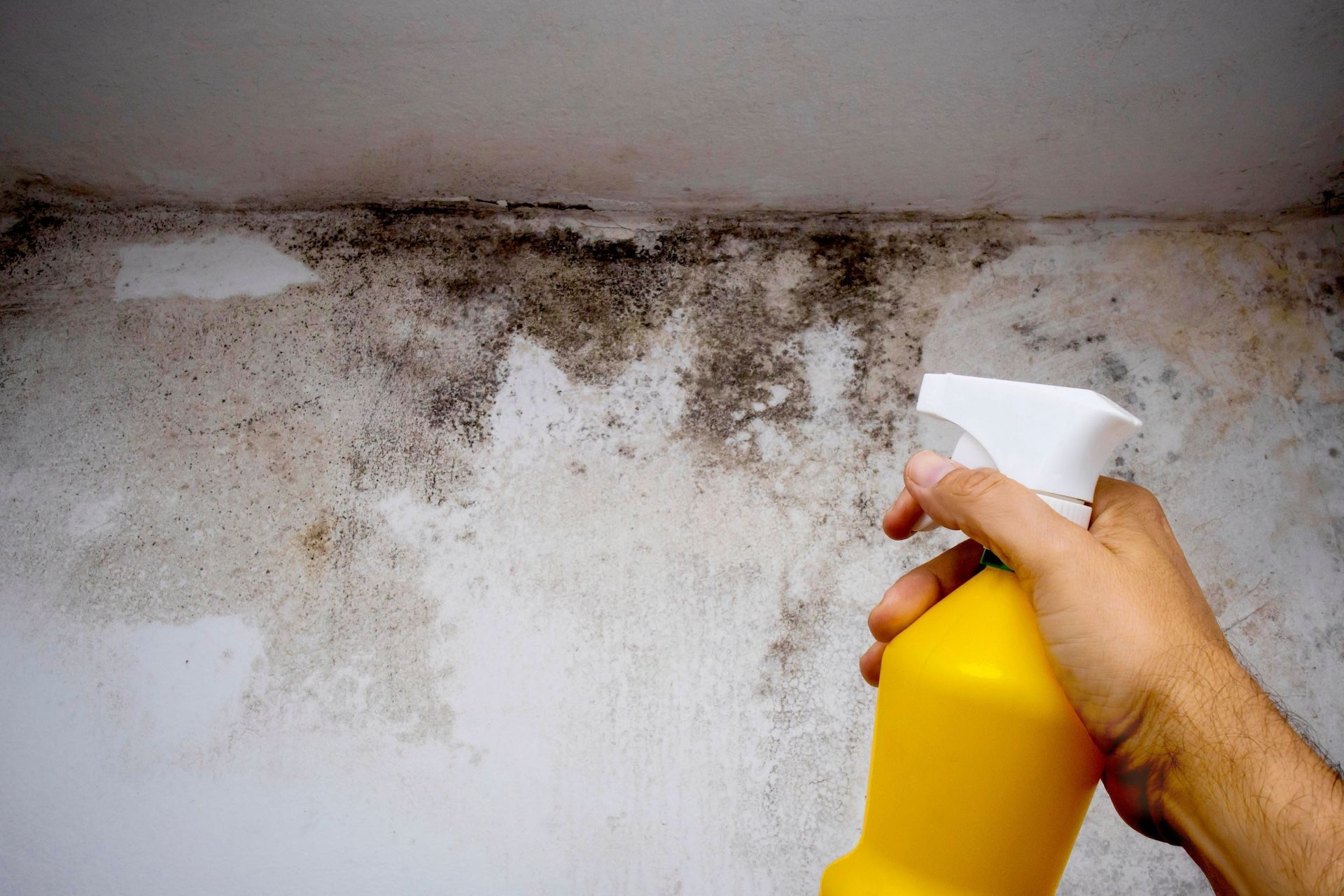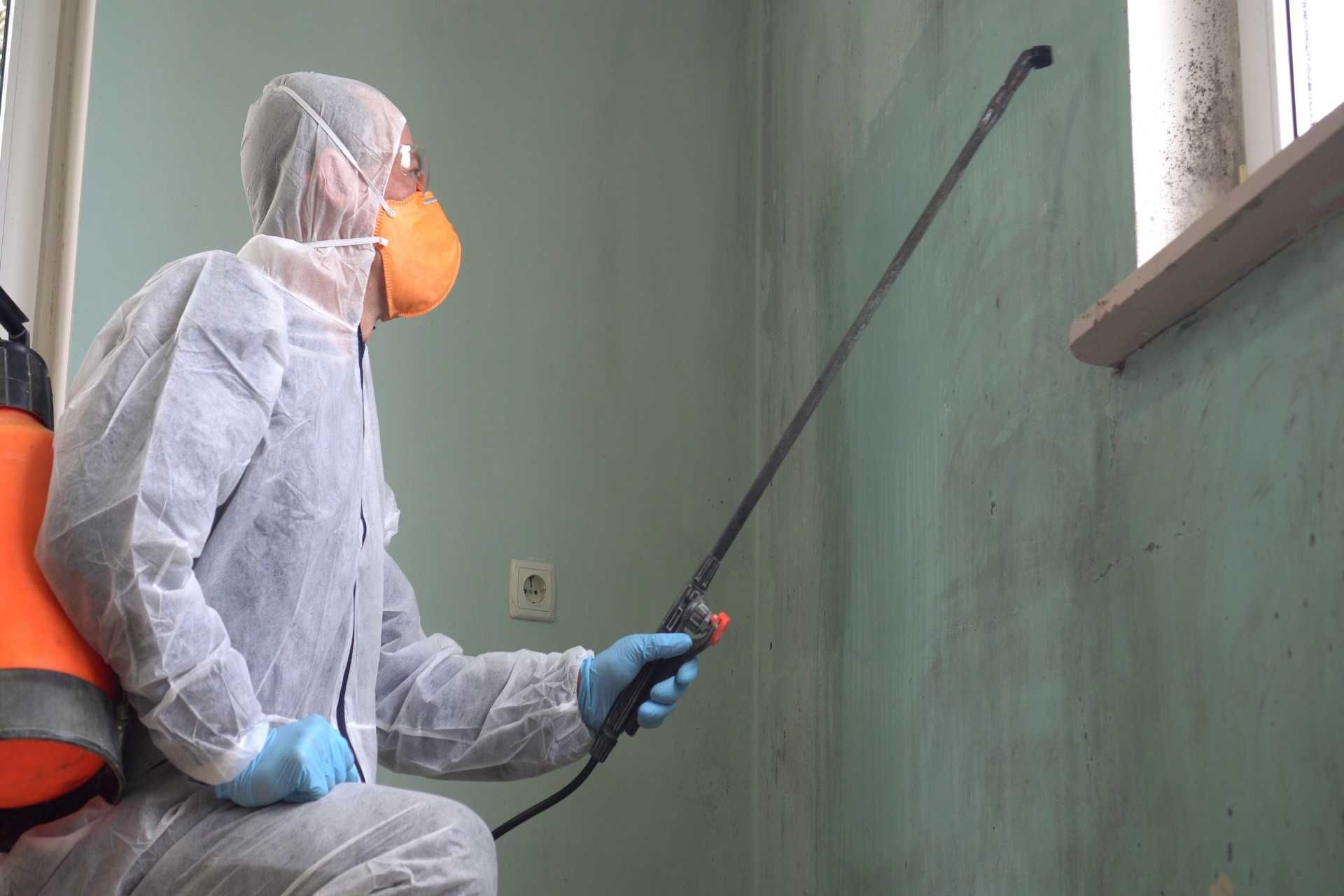Everything You Need To Know About WDO Inspections
When buying a home, inspections are a crucial step. One inspection you might not know much about is a WDO inspection. WDO stands for Wood-Destroying Organisms. These tiny creatures can silently damage the wood in your home, leading to costly repairs if not caught early. In this guide, we’ll explain everything you need to know about WDO inspections, why they matter, and how they protect your investment.
What Are WDOs?
Wood-destroying organisms (WDOs) are living creatures that eat or damage wood. Common WDOs include:
- Termites: Subterranean termites live underground and eat wood, while drywood termites live inside the wood. Both can cause severe structural damage if left unchecked.
- Wood-boring beetles: These insects lay eggs inside wood, and their larvae feed on it, weakening the structure.
- Other pests: Carpenter ants, fungi, and other organisms can also damage wooden structures.
Homes in the USA, especially in warm and humid climates, are particularly vulnerable to these pests.
What Is a WDO Inspection?
A WDO inspection is a thorough check of a property to find signs of wood-destroying organisms. This inspection is usually required by mortgage lenders before approving a loan. The goal is to identify any existing infestations or damage so that you can address them before buying or selling a home.
During a WDO inspection, a licensed inspector will:
- Examine all wooden structures, including floors, walls, and roofs.
- Look for visible signs of damage like holes, frass (wood powder), or tunnels.
- Inspect basements, crawl spaces, and attics for moisture or termite activity.
- Check areas prone to water damage since damp wood attracts WDOs.
The inspection helps homeowners and buyers understand the condition of the property and plan repairs if needed.
Why WDO Inspections Are Important
- Protect Your Investment: Detecting WDOs early can save you thousands of dollars in repairs. Undetected infestations can lead to severe structural damage.
- Required by Lenders: Many mortgage companies demand a WDO inspection to approve loans, especially in areas prone to termites and other wood-destroying pests.
- Peace of Mind: A clean report confirms that your new home is safe from hidden damage, helping you make informed decisions.
How Often Should You Get a WDO Inspection?
Even after buying a home, it’s wise to schedule regular WDO inspections. Experts recommend:
- Before buying or selling: Mandatory for some real estate transactions.
- Every 1-2 years: To catch any new infestations early.
- After renovations: Construction can disturb soil and wood, making your home vulnerable.
Regular inspections help prevent minor issues from turning into major problems.
Signs You Might Need a WDO Inspection
Some signs that your home may need a WDO inspection include:
- Small holes in wood structures
- Crumbling wood or sawdust-like material
- Swarmers (winged insects) indoors
- Weak or hollow-feeling wood
- Moist or water-damaged areas
If you notice these signs, contact a licensed inspector immediately.
WDO Treatment and Prevention Tips
After a WDO inspection, your report may recommend treatment. Common approaches include:
- Termite treatments: Liquid termiticides or bait systems to eliminate colonies.
- Wood replacement or repair: Replacing damaged wood or reinforcing structures.
- Moisture control: Fixing leaks and improving ventilation to prevent damp wood.
- Regular inspections: Continuous monitoring to catch future infestations early.
Preventive measures are key to keeping your home WDO-free.
Choosing a Reliable WDO Inspector
To ensure accuracy and trustworthiness, follow these tips:
- License and experience: Choose a certified inspector with proven experience in WDO inspections.
- Detailed reports: A thorough report should list findings, affected areas, and recommended actions.
- Clear communication: The inspector should explain results in simple terms and answer your questions.
- Trusted sources: Look for reviews, referrals, and memberships in professional associations.
A reliable inspector ensures that your WDO inspection is accurate and trustworthy.
WDO Inspection Guide: Step-by-Step
Here’s a simple step-by-step guide to what happens during a WDO inspection:
- Initial walkthrough: The inspector surveys the property for visible signs of WDOs.
- Detailed examination: Using tools like moisture meters and flashlights, the inspector checks hidden areas.
- Report preparation: All findings, damage, and recommendations are documented.
- Review with homeowner: The inspector explains the results and advises on next steps.
- Treatment or repairs (if needed): Follow recommended actions to address infestations or damage.
Following this guide helps homeowners understand the process and stay prepared.
Final Thoughts
A WDO inspection is essential for protecting your home and investment. By understanding WDOs, scheduling inspections, and following preventive measures, homeowners can avoid costly repairs and enjoy peace of mind.
Schedule your WDO inspection with Full Circle Home Inspectors when purchasing or selling your home to keep your investment safe and secure!
FAQs About WDO Inspections
How long does a WDO inspection take?
Most inspections take 1-3 hours, depending on the size of the property and the complexity of the structures.
Is a WDO inspection the same as a termite inspection?
Termite inspections are part of WDO inspections, but WDO inspections cover all wood-destroying organisms, including beetles, ants, and fungi.
Can WDOs come back after treatment?
Yes, WDOs can return, which is why regular inspections and preventive measures are important.
Who pays for a WDO inspection?
Usually, the buyer pays, especially if required by the mortgage lender.
Can I do a WDO inspection myself?
DIY inspections are not recommended because professionals have specialized tools and training to detect hidden damage.
Disclaimer: The information on this website and blog is for general informational purposes only and is not professional advice. We make no guarantees of accuracy or completeness. We disclaim all liability for errors, omissions, or reliance on this content. Always consult a qualified professional for specific guidance.







